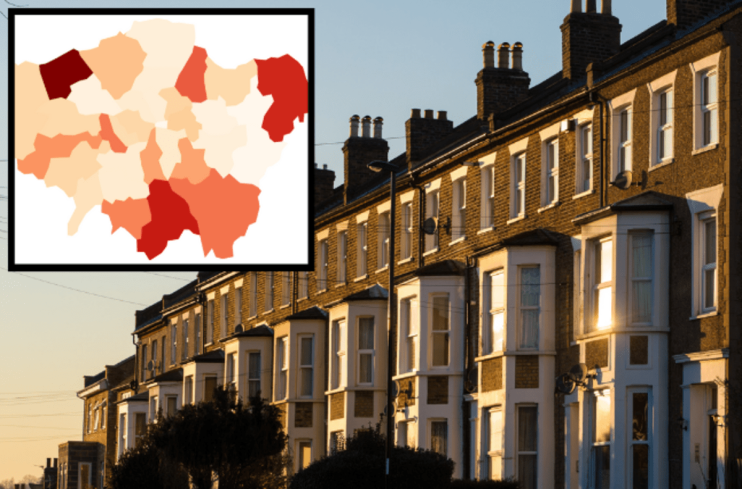Yimbys v Nimbys: The London boroughs blocking new homes

The most anti-development London borough approved less than two fifths of major developments proposed for the area, new data has revealed.
Harrow approved just 38 per cent of schemes proposed for the borough in the past year, according to new research by London-based pollsters Stack Data Strategy.
Their findings revealed that the top five Nimby, or ‘not in my backyard’, boroughs are all in outer London.
Conservative-run Harrow approved the fewest schemes, the researchers found, shortly followed by Croydon, which is under no overall control, which approved just 50 per cent.
Havering, also under no overall control was next, at 52 per cent, before Labour-led Waltham Forest, which approved 60 per cent, and Bromley, at 64 per cent, which has a Tory council.
Topping the list as the least Nimby areas, however, with 100 per cent of all major development projects approved, were Labour-run Barking and Dagenham, the City of London, led by the historic City of London Corporation, and Conservative-led Bexley.
Just behind were Newham and Brent, both at 97 per cent, and Greenwich, on 96 per cent, all run by Labour councils.
Across the UK as a whole, 15,000 adults were also polled on their views on new housing or other developments being built within half a mile of their home, giving their areas a ‘red-amber-green’ score for pro or anti-development attitudes.
Essex was found to be the most anti-development county in England, with Maldon and Rochford among the least supportive councils.
While inner London topped the charts as the most pro-development area in England, with its boroughs making up seven of the top 10 most supportive council areas of new development.
Hackney’s residents were found to be the local authority most in favour of new development, while other Yimby, or ‘yes in my back yard’, hotspots proved to be found in Manchester, Liverpool and Nottingham.
Kieran Kumaria, Stack Data Strategy managing director, said: “Planning is partly political, and the process is often dominated by vocal minorities with the time and inclination to noisily engage.
“This research gives voice to the potentially supportive majority.
“Winning support for new development is possible everywhere, if it addresses what people want in their local area and if it’s explained in terms that people understand.
“If we’re going to get building again, we need to understand what the supportive majority think, want and worry about.”
Jack Shaw, local government researcher, said: “It’s not surprising that inner London is pro-development because the demand is so acute.
“It’s politics and geography are also different – with some parts of outer London sub-urban or with lower densities, which is why development is in some cases more contested by the public.”
But Shaw also urged caution not to over-interpret the data – given its reliance on one dataset – and the prospect that small numbers of major development applications can skew percentages significantly.
He added: “It’s right to focus on major applications because that’s how the majority of new properties are being given planning permission, but a more accurate picture of the performance of individual authorities requires looking at a wider set of indicators.”
Harrow Borough Council was contacted for comment.
